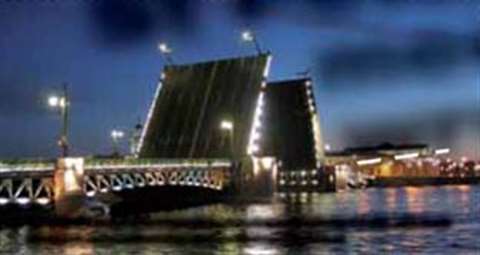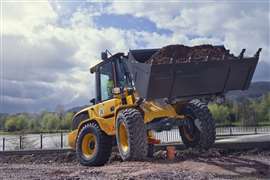St Petersburg Meets The Wreckers
20 March 2008

2006 saw the demolition of over 1 million square of over 1 million squar metres of buildings in the Russian city of St Petersburg an increase of 33.8% on the comparable figure for 2005, and this rate of growth is predicted to continue, with the total for 2007 forecast as being 1.33 mill square metres, up another 29.2% In monetary terms, the industry in the city was worth US$229.4 million in 2005, a figure that grew to US$39.5 million in 2006, and forecasts for 2007 suggest a total value of US$50.3 million. It is further predicted that this value is likely to reach more than US$80 million by 2015.
Currently, some 20 companies are active in the demolition sector in the city, including Association of Demolition, Terminator, Olvex, Mobis and Crushing and Screening Plant No 1. Of these, Association of Demolition is generally considered to be the largest and busiest, carrying out between 45 and 60% of the city's demolition projects. All these companies carry out the full range of demolition activities, including demolition waste recycling.
The scope of demolition work in the city is wide–ranging from unfinished Soviet–period projects across the city, decaying structures in the city centre and industrial sites in the built up areas of the city that are now being moved to outside the city's boundaries. During the Soviet period, great importance was accorded to indstrialisation and environmental factors were of little importance. Hence a considerable volume of industrial construction was carried out with the city, even almost reaching the city centre itself. Data suggests that in the historic areas of the city, 40% of industrial premises and more than 200 manufacturing enterprises stand idle or are available for rent
Where these industrial sites are concerned, the plan is for 500 hectares of sites to be relocated outside the city, amounting to 20% of the city centre.
In recent years the demolition of disused industrial sites accounted for 80% of demolition activities, but the removal of large volumes of residential properties is now making up a greater proportion of the demolition activities.
According to forecasts, the volume of dilapidated residential property in the city and surrounding region would reach 750,000 m2 by the end of 2015 if no demolition was carried out–the city authorities currently are in fact planning
Demolition will be carried out by whole residential quarters. As an example, during 2006 all the buildings in Shapkina Street and Resenshtein Street were brought down. In addition, residential properties in the vicinity of the St Petersburg ring motorway, the KAD, are also to be brought down.
Work on upgrading the residential properties in the city will involve both demolition and reconstruction. The City's ‘Address programme of sanitation of the dwelling houses of the first large–scale series for the period of 2005–2008’ has been put in place. According to data produced by the city, this work involves 100 residential quarters and 2,400 large paneled, brick and concrete buildings, housing 12% of the city's residents. Approximately 10% of this will be demolished, totaling 900,000 m2.






